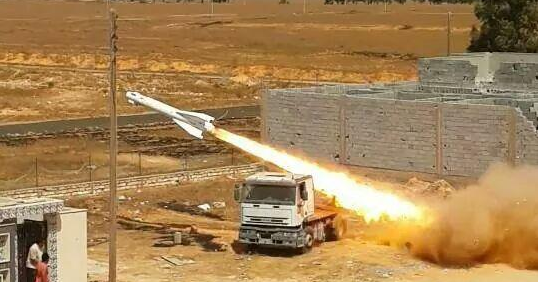- Joined
- 27 December 2005
- Messages
- 17,752
- Reaction score
- 26,450
AHMAD RUSHDI said:Gentleman,
I had the opportunity to work on the R-40R missile. To study the missile one has to put it into its context. The time frame it was designed (early 1960s) and its intended target (B-70 and later B-52s, B-1).
AHMAD RUSHDI said:I dont think that we should view every armament development as action and reaction. The Soviet Union has developed a major weapon system, Mig-25/ R-40 combination with unique features. If the US threat dissappeared should the soviets throw the Mig-25 into the trash bin. The soviet threat to aircraft carriers dissapeared after 1991, should the US Navy throw its Aegis sytem into the wastepaper basket?
I think the Mig-25 has proved itself, look at the amount of the effort put by US/NATO to counter it
AHMAD RUSHDI said:All of these operations would take place before the missile homing head locks on the received signal retarding from the target aircraft. It is now clear that there were no change in the radar mode of the carrier aircraft when the missile is launched. This would make the target unaware that a missile is launched towards it.
Where is the wave guide located which feeds the radar signal into the missile to tune the missile's frequency generator?AHMAD RUSHDI said:... Other features I can remember were: selection of the radar frequency (of the carrier aircraft), the radar frequency of the carrier aircraft is used to tune the local frequency generator of the missile receiver. A
The real reason the F-12/AIM-47 was cancelled (Along with orders to destroy the F-12 production jigs and tooling) was that it was done out of petty spite by McNammara who thought Lockheed was getting too big for its boots and wanted to teach Kelly Johnson a lesson, IMO I think McNamara should've had his arse nailed to the wall for doing this (Along with cancelling the Skybolt programme).The United States did throw the YF-12/AIM-47 combination "into the wastepaper" basket, despite the relative success of the firing trials and successful development program? Why? Intelligence indicated - quite correctly - that the Soviets would not produce a low flying, supersonic bomber that would necessitate the YF-12/AIM-47 as a counter.

